If you are planning a trip to Switzerland and feeling a little apprehensive about riding the trains, you’re not alone. Many Americans or first-time visitors to Europe may feel intimidated about traveling by train, especially if they haven’t done so before. Be assured that train travel in Switzerland is extensive and relatively easy to navigate and after a couple of days riding the Swiss trains, you’ll be a pro! Here are a few tips to help get you started.
Where to purchase train tickets
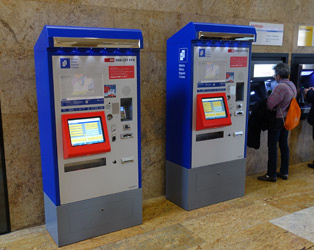
Near the train platforms, you will find self-serve ticket machines where you can purchase your train tickets. These self-service ticket machines have the option to select English and they accept credit cards. If you prefer to talk to a person, you can purchase tickets at a ticket office located at the train station. You can also purchase a train ticket directly on the SBB website or SBB Mobile app.
Already have a train ticket or rail pass?
If you already have a printed ticket or rail pass, it is pre-validated so you can just get right on the train. You will NOT need to show your ticket when boarding the train but will show the ticket when a conductor comes by to see it. Be sure to have your passport on hand because they will likely ask to see your passport in conjunction with your rail pass.
- If you are traveling with a Swiss Travel Rail pass, then this is your train ticket for unlimited train travel within Switzerland for a specified amount of days (3, 4, 6, 8. or 15).
- If you have a Saver Day Rail pass, this is your train ticket for unlimited train travel in Switzerland for one day. It is only valid on the date listed on the pass.
- Your point-to-point train ticket is good for the date and route purchased, but you can choose any time on that date to travel. In fact, you can even get off at a city along your route. You could spend a couple of hours there and catch a later train to continue to your destination if this is on the date of travel.
Do I need a seat reservation?
You do not need a seat reservation on Swiss trains, however, on rare occasions (usually in large cities) you will notice that there are some reserved seats as indicated with small signs above the seat. Just be sure to not sit there if it says reserved. But know that it is not required to have a seat reservation on Swiss trains except for designated scenic train routes such as the Glacier Express, Bernina Express, international train routes, etc. (All part of our Scenic Alps by Rail tour!)
How to find the right train
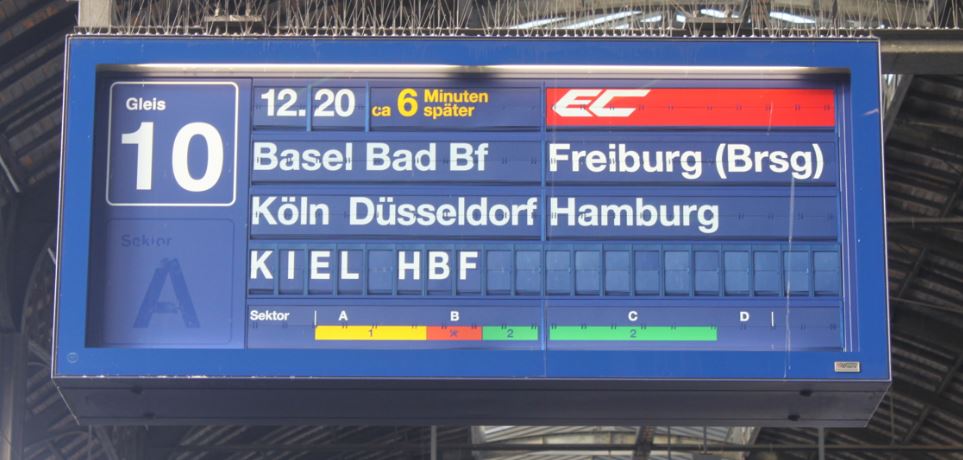
When looking at the train schedule, the most important thing to pay attention to is the Platform (Gleis) number. Second, the time it will arrive and depart. Once you are on the correct platform, you should see the display or electronic signs indicating which train is arriving next. Also note that the platform is also divided into sections (Sektor) as indicated by A, B, C, etc. On the sign, underneath those letters will be either the number 1 or 2. This is where they expect the first- and second-class cars to stop. So, if you have a first-class train ticket, make sure you are standing in the lettered section with a number 1 listed for it.
First or Second Class?
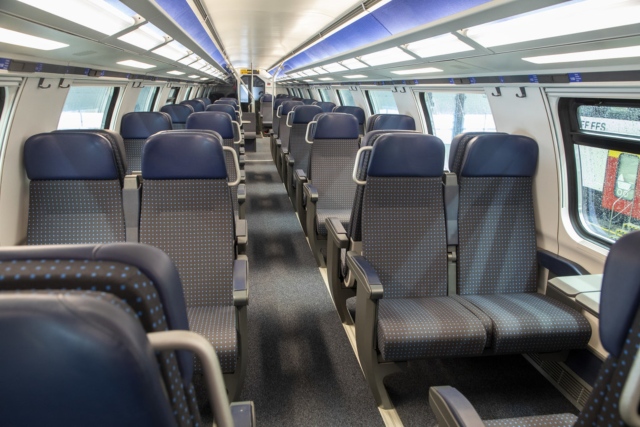
Price is usually the biggest factor when deciding between riding in first or second class on Swiss trains. But, you will find that the second-class trains are quite nice and sufficiently comfortable. In fact, most locals and tourists typically ride in second class. Here are the main differences between first and second class on the major intercity rail lines in Switzerland:
- Second class has four seats across the row. There are just three seats across in the first-class compartments.
- First-class has wider seats (+10 centimeter) and more legroom.
- Perhaps the most significant difference is that first class is generally less crowded. Therefore, it’s easier to find a seat (or two seats together) especially during peak travel periods and on weekends.
Traveling with luggage
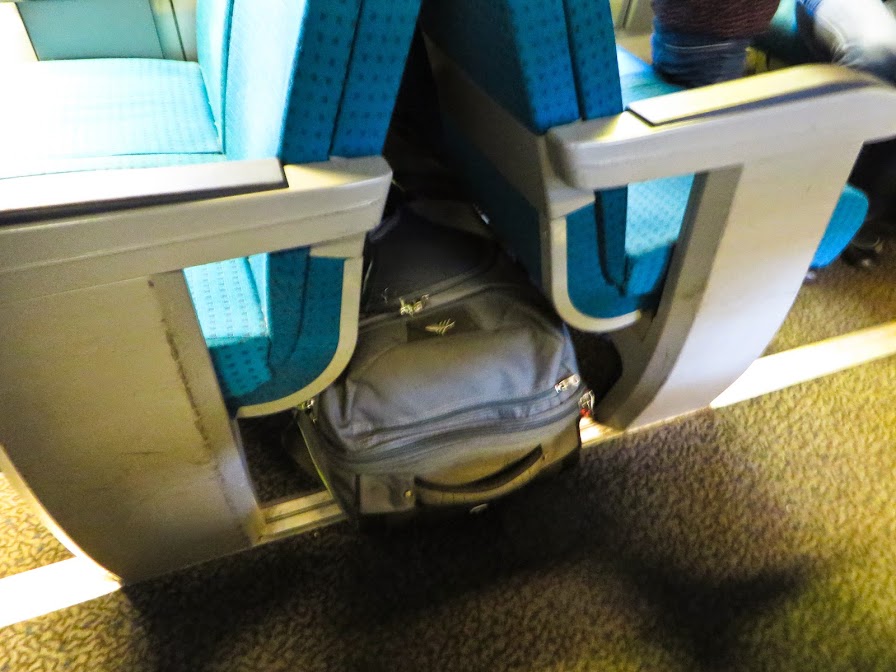
Smaller luggage can be stowed on a rack above your seat or in the gap found between the seat groupings. If you have a larger suitcase, you will need to stow it on a rack located at the end of the car. Try to avoid putting your luggage on an empty seat next to you, especially if the train is full.
Use WCs on the train
To save time and money, use the toilets on the train rather than those in the station (which can cost money). Train toilets are located on the ends of cars as indicated by a WC (water closet) sign. Toilets in first-class cars are sometimes slightly better than second-class toilets. You can use the ones in first class even with a second-class ticket.
Getting off the train
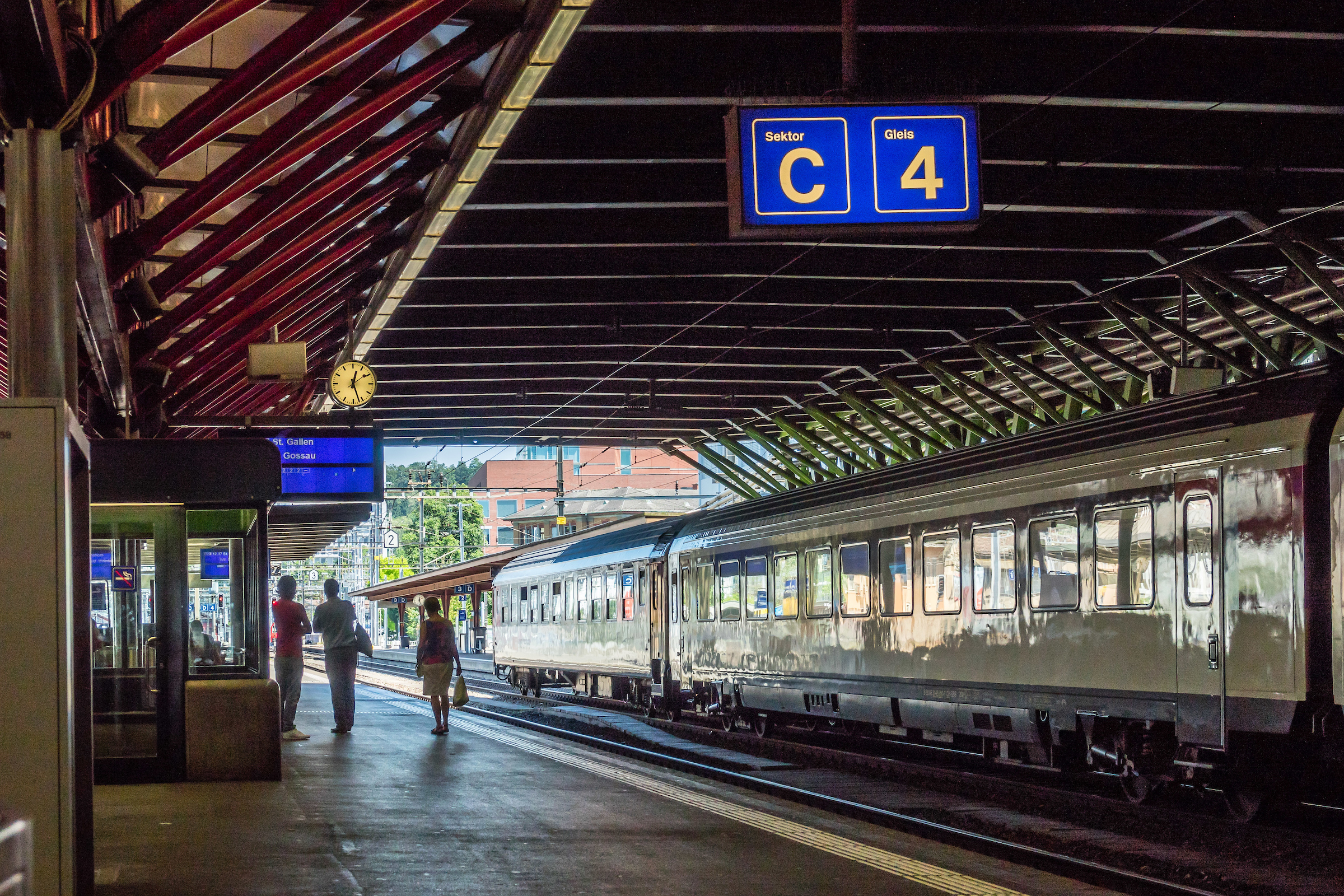
The next station will be announced through the train intercom (usually in multiple languages) and/or on a display sign on the train. There are also signs with the station name on the platforms, so you can double-check as the train pulls into the station. If you have a tight connection, it is a good idea to get your bags and be waiting by the doors to exit as quickly as possible.
Storing luggage at train stations
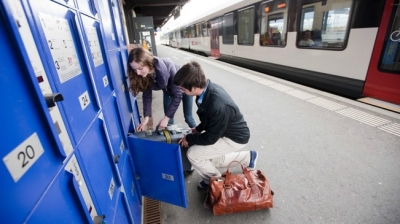
If you are planning a short stopover en route to your destination, you can store your bags at the train station. All of Switzerland’s main train stations have a baggage department or offer coin storage luggage lockers for a daily rate (some lockers take credit cards). The price will vary depending on the station and the size of the locker.
SBB Mobile App
If you have access to an electronic device during your trip, you may want to download the Swiss Federal Railways SBB mobile app. It features comprehensive timetables and ticket purchase functions. The app shows arrival/departure times, connections, maps, delays, and so much more. You can also save your schedule to your departure board and set reminders to let you know when your station is coming up.
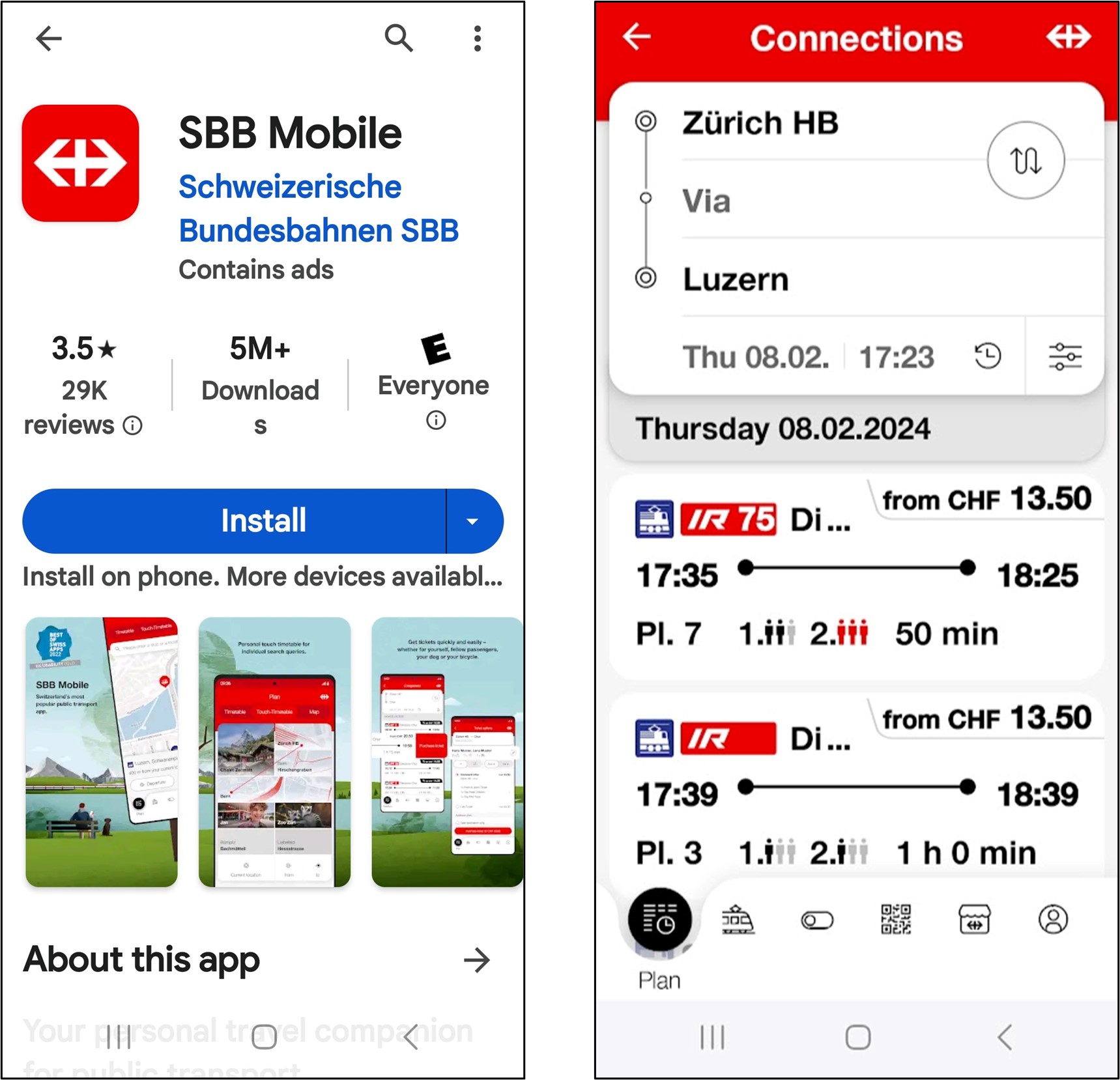
Train station amenities
The main train stations in Switzerland are typically small “cities” offering everything you need for your journey. Typically, there are restaurants, sandwich bars, grocery stores, books, newspapers, souvenirs, and electronics. Stores in the train stations are open seven days a week, including public holidays.
We also recommend watching out “How to Ride the Train in Switzerland” video to help you prepare for a smooth rail journey during your visit.
- Switzerland Train Travel Tips - October 23, 2023
- FAQ – Self-Guided Rail Tour - May 27, 2020
- Swiss Rail Upgrade – Excellence Class - October 29, 2019


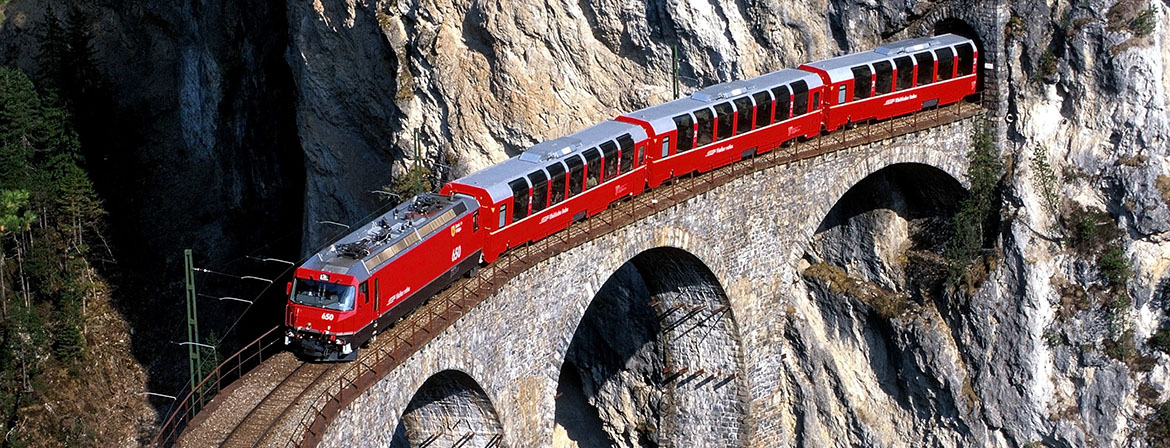
Hello. Great article, very useful tips. I’m going on vacation to Switzerland next year, probably on your advice. I also share on FB. Thank you and keep doing good job!
Thank you! We’re so glad we could provide useful information to you. Hope we can see you in the Alps next year!